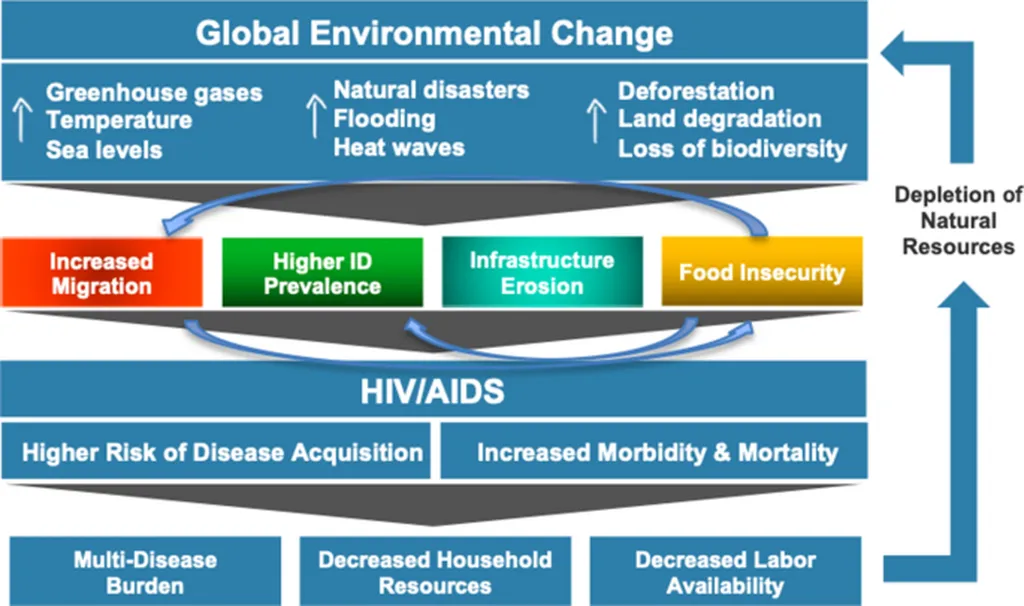In a groundbreaking development that could reshape how we monitor and adapt to climate change, researchers have unveiled a scalable framework for high-resolution land surface temperature (LST) modeling. This innovative approach, published in the IEEE Journal of Selected Topics in Applied Earth Observations and Remote Sensing (translated to English as “IEEE Journal of Selected Topics in Applied Earth Observations and Remote Sensing”), integrates multisensor satellite images with socioenvironmental and vegetation characteristics using machine learning. The study, led by Jian Shen from Jilin Agriculture Science and Technology College in China, promises to provide practical insights for reducing urban heat, adapting to climate change, and spatial planning in highly populated coastal zones.
The research combines thermal data from the Moderate-Resolution Imaging Spectroradiometer (MODIS) and optical imaging from Sentinel-2, along with auxiliary information such as precipitation, altitude, and population density. Using the Google Earth Engine platform, the team created a single geographic model that leverages a random forest regression approach to forecast LST. The model, designed on 4305 samples and tested on 1076 randomly dispersed sites at a 100-meter resolution, demonstrates impressive predictive ability with a root-mean-squared error of 0.624 °C and a mean absolute error of 0.484 °C.
“This framework not only enhances our understanding of urban heat trends and biodiversity loss but also provides a scalable solution for high-resolution LST estimation,” said Jian Shen, lead author of the study. The significant correlations found among surface temperature, topography, rainfall, vegetation types, the hydrological cycle, and human activity through spatial analysis underscore the potential of this approach for environmental monitoring and climate adaptation.
For the energy sector, the implications are profound. Accurate LST modeling can inform the development of more efficient cooling systems, optimize energy consumption in urban areas, and guide the deployment of renewable energy infrastructure. “By understanding the spatial and temporal dynamics of land surface temperature, we can better adapt our energy strategies to mitigate the impacts of climate change,” Shen added.
The generated fine-scale LST maps offer practical information for reducing urban heat, adapting to climate change, and spatial planning in highly populated coastal zones. This study highlights the potential of cloud-based geospatial platforms and machine learning for precise, effective, and scalable environmental monitoring in complex coastal systems.
As we grapple with the challenges posed by a warming planet, this research offers a beacon of hope. By harnessing the power of advanced technologies and data integration, we can pave the way for a more sustainable and resilient future. The findings not only advance our scientific understanding but also provide actionable insights for policymakers, urban planners, and energy sector professionals. In an era where climate adaptation is paramount, this study stands as a testament to the transformative potential of interdisciplinary research and technological innovation.

